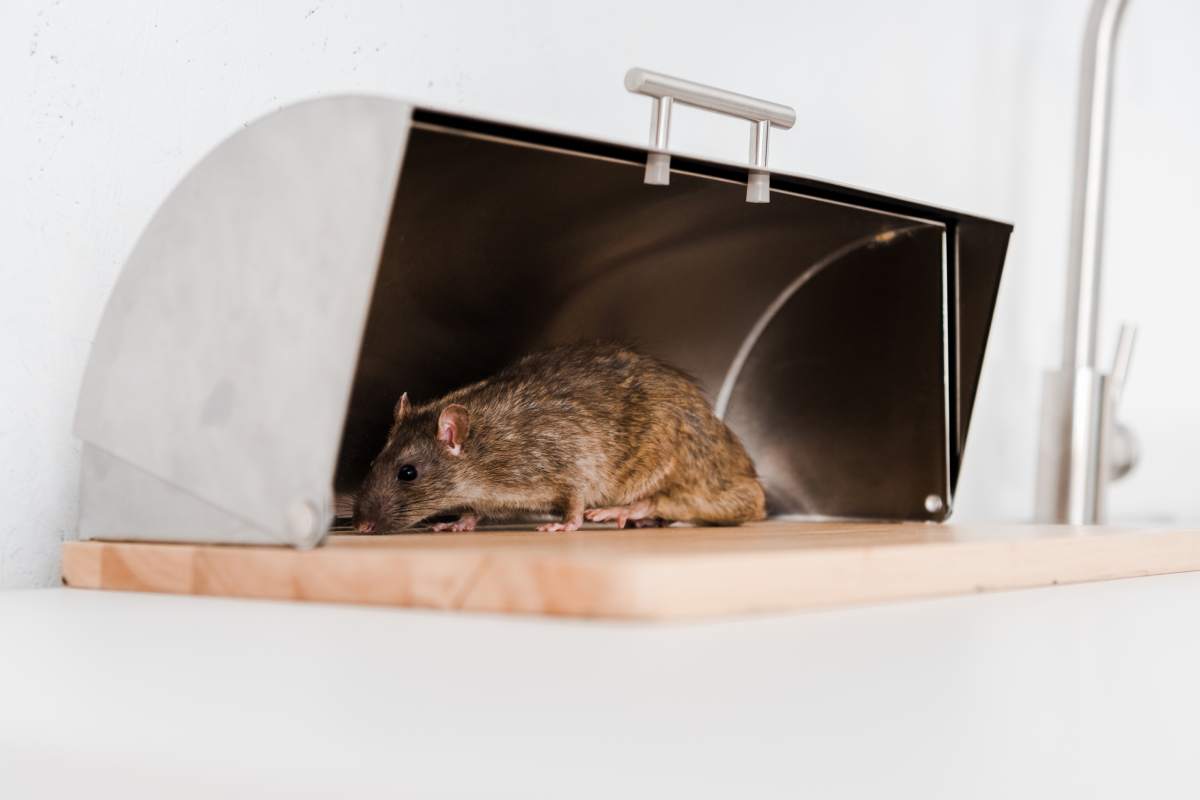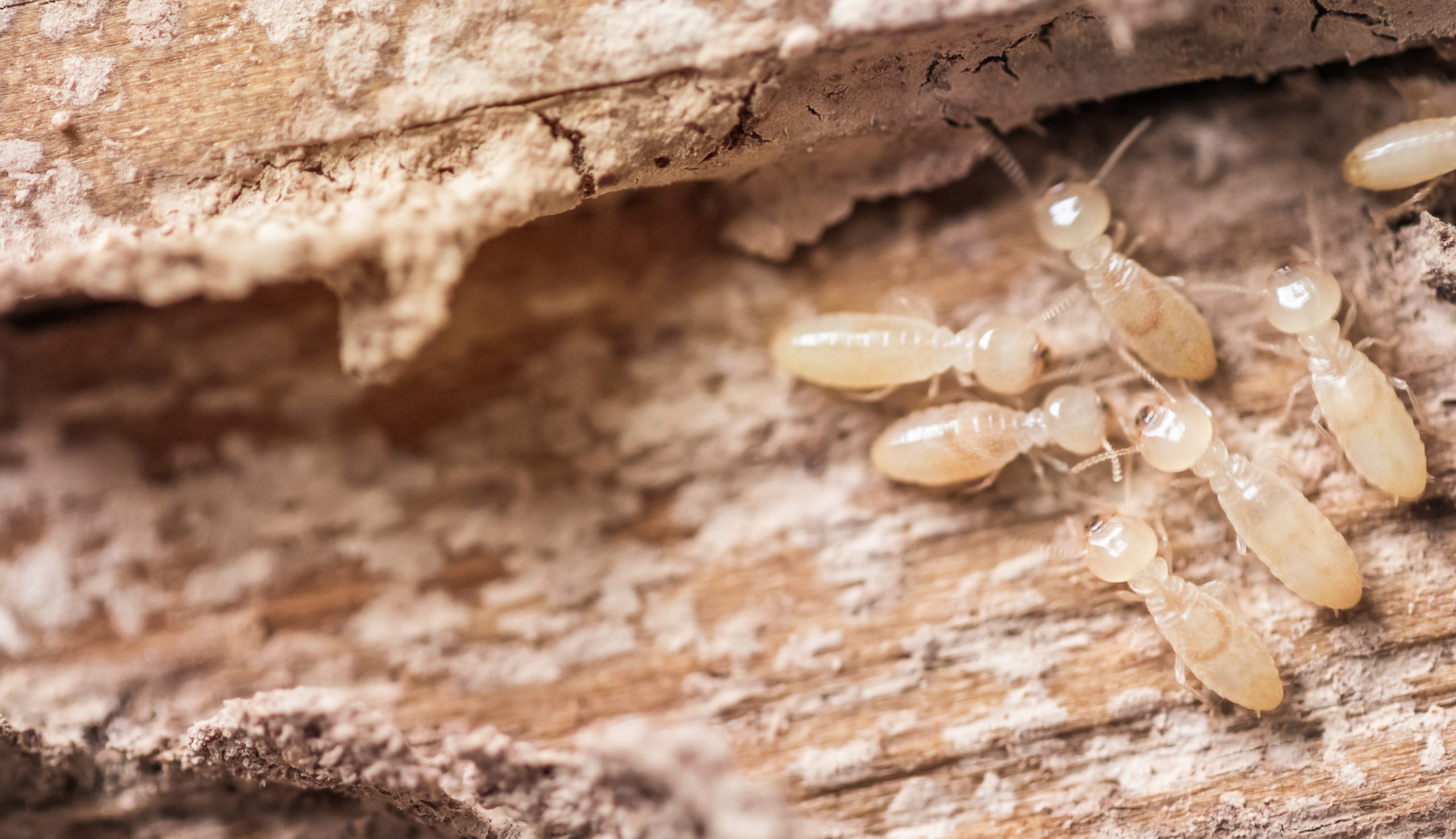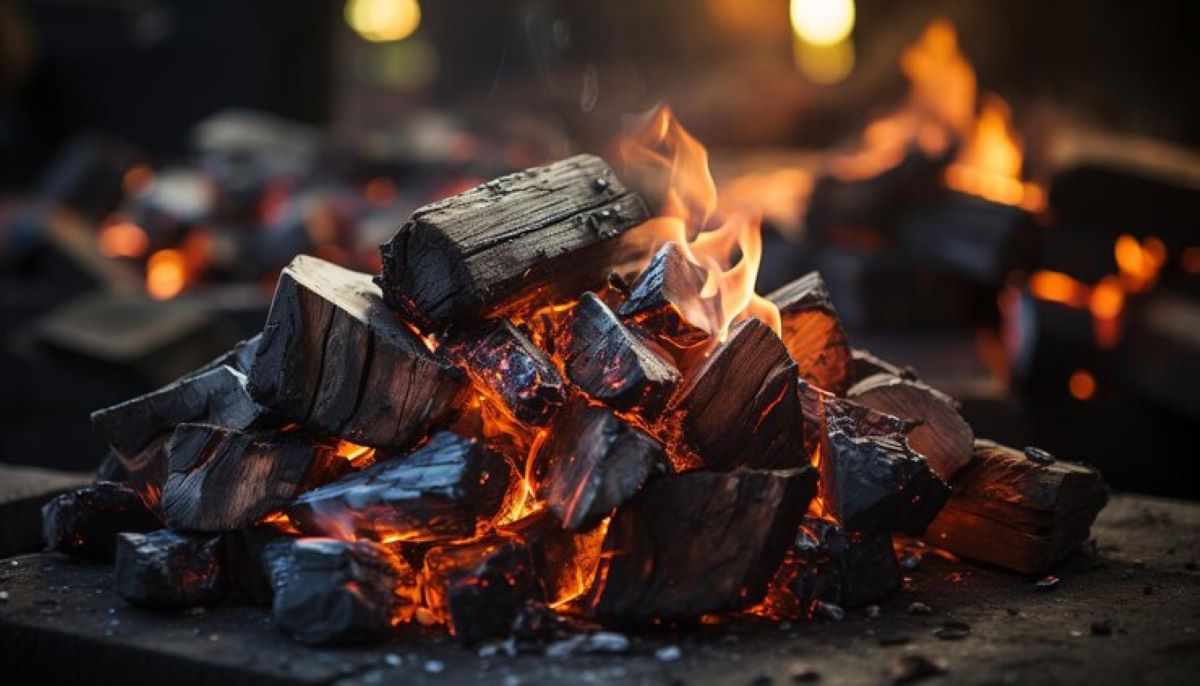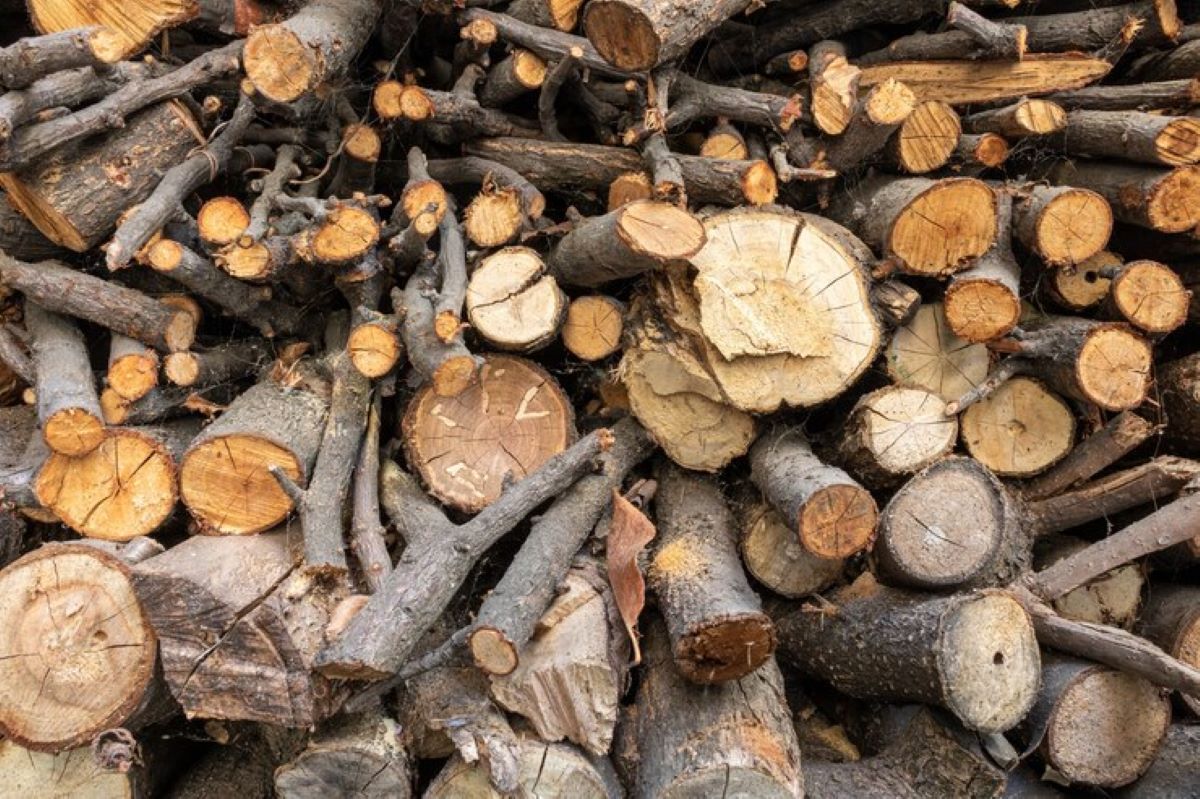Rodent Control Sydney: What’s the Fastest Way to Get Rid of Rats?
How Urgent Is It to Control Rat Infestations in Sydney? Rat infestations demand immediate action in Sydney. These rodents reproduce at alarming rates, with a single pair capable of producing dozens of offspring within months, turning a minor problem into a full-blown infestation rapidly. Speed matters when addressing rodent control Sydney issues. Delaying treatment allows rat populations to establish themselves deeper within your property, making eradication progressively more difficult and expensive. The longer rats remain, the more extensive the damage becomes. The urgency stems from serious threats rats pose to both health and property: Health hazards include: Property damage encompasses: Sydney’s warm, humid climate provides ideal conditions for rats to thrive year-round, unlike colder regions where populations naturally decline in winter. This environmental advantage means infestations can escalate quickly without intervention. Acting fast to get rid of rats protects your family’s health whilst minimising repair costs and preventing the infestation from spreading to neighbouring properties. Why Do Rats Thrive in Sydney Homes? Sydney’s warm, humid climate creates ideal conditions for rat problems Sydney residents face year-round. Rats seek environments that offer consistent warmth, shelter from predators, and reliable food sources—all readily available in urban homes. The city’s mild winters mean rodent populations never experience the natural die-off that occurs in colder regions, allowing them to breed continuously throughout the year. These adaptable pests exploit numerous vulnerabilities in residential structures to gain access. Common entry points include: Rats possess remarkable flexibility, capable of squeezing through openings that appear impossibly small. Their constant gnawing behaviour allows them to enlarge minor imperfections in building materials, transforming tiny cracks into major entry points. Once inside, they establish nests in wall cavities, roof spaces, and subfloor areas where they remain hidden whilst accessing food and water sources. The combination of Sydney’s climate and abundant urban food waste creates a perfect breeding ground, making health risks rats pose an ongoing concern for homeowners who delay addressing structural vulnerabilities. It’s crucial to seal up these entry points to prevent rat infestations. For more insight on common entry points that rats use, you can refer to this detailed guide on 10 common entry points rats use. What Health Risks and Property Damage Can Rats Cause? Rats transmit over 35 diseases that pose serious threats to human health. These rodents spread leptospirosis through their urine, which can contaminate water sources and cause severe kidney and liver damage. Salmonellosis spreads through rat droppings in food preparation areas, leading to acute food poisoning with symptoms including fever, diarrhoea, and abdominal cramps. Rat-bite fever develops from bites or scratches, whilst their fleas historically carried bubonic plague. The allergens in rat urine and droppings trigger respiratory issues, particularly affecting children and individuals with asthma. Property Damage Caused by Rats The damage caused by rats goes beyond what is immediately visible. Their constantly growing front teeth compel them to chew on various materials: A single rat colony can contaminate entire food storage areas with urine and faeces, making the food unsafe to eat. Their gnawing habits weaken important parts of walls and ceilings, putting the building’s stability at risk. The greasy marks left by rats along their regular routes can stain surfaces, while their nesting materials accumulate in hidden places like wall cavities and roof spaces. Financial Consequences of Rat Damage The financial impact can add up quickly: It’s important to address these issues promptly to avoid more extensive damage and higher expenses down the line. What Are the Fastest Methods to Get Rid of Rats? The fastest rat removal methods require attacking the problem from multiple angles simultaneously rather than relying on a single tactic. Speed comes from combining four core strategies that work together to eliminate existing rats whilst preventing new ones from entering. The Four-Pillar Approach: Sydney’s humid climate accelerates rat breeding cycles, meaning a single pregnant female can produce up to 84 offspring annually. This rapid reproduction makes Rodent Control Sydney: What’s the Fastest Way to Get Rid of Rats? a time-sensitive question. The answer lies in implementing all four strategies within 24-48 hours of discovering signs of infestation, creating an environment where rats cannot survive or reproduce. How Does Cleaning and Sealing Entry Points Help Speed Up Rat Removal? Cleaning for rodent control eliminates the resources rats need to survive, forcing them to relocate or become more vulnerable to traps. Cluttered spaces provide ideal nesting sites—piles of newspapers, cardboard boxes, and unused furniture create hidden pathways where rats breed undisturbed. Removing these materials exposes their hiding spots and reduces shelter options dramatically. Food sources attract and sustain rat populations. Storing pantry items in sealed containers, disposing of rubbish promptly, and cleaning up spills immediately removes the incentive for rats to remain in your property. Gardens with overgrown vegetation or woodpiles stacked against walls offer additional harbourage that must be addressed. Sealing rodent entry points prevents new rats from entering whilst you eliminate existing populations. Rats squeeze through openings as small as 2cm, making thorough inspection critical. Common vulnerabilities include: Copper wire mesh works effectively around pipes since rats cannot gnaw through it. Door sweeps block gaps beneath external doors, whilst expandable foam fills smaller holes in walls. Repairing plumbing leaks simultaneously removes water sources rats depend on for survival. What Are the Most Effective Trapping and Baiting Techniques for Quick Rat Control? Snap traps deliver immediate results by killing rats instantly upon contact. These mechanical devices work best when positioned along walls where rats naturally travel, with the trigger end facing the skirting board. Place them in attics, under sinks, and behind appliances where droppings indicate activity. Keep snap traps away from areas accessible to children and pets, and check them daily to remove dead rodents promptly. Tamper-proof bait stations provide a safer alternative for targeting rats across larger properties or outdoor spaces. These locked containers allow rats to enter and consume poison whilst preventing children and pets from accessing the toxic bait inside. Each station covers approximately a 10-metre radius, making them ideal for gardens, garages, and



